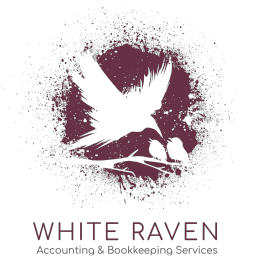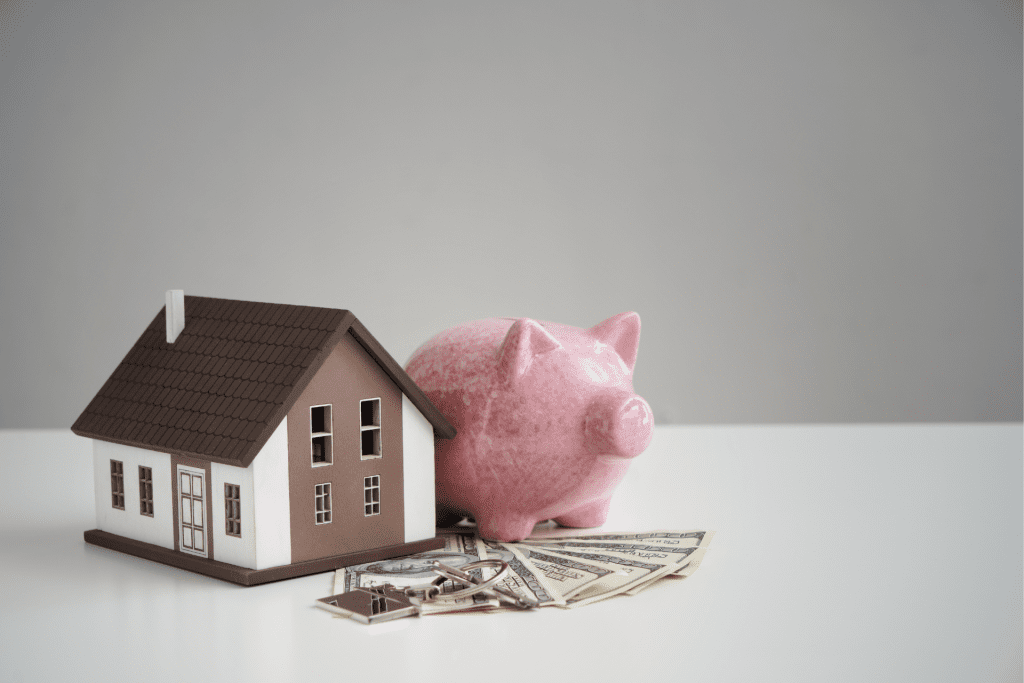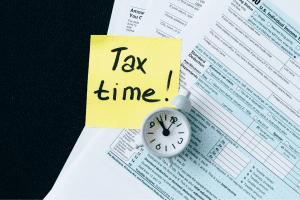The cost of homeownership in Canada has never been higher, and for first-time buyers, saving enough for a down payment can feel nearly impossible. In response to this challenge, the Canadian government introduced a new registered savings tool: the First Home Savings Account (FHSA). This account combines the best features of the RRSP and TFSA, offering both tax deductions on contributions and tax-free withdrawals when used for a qualifying home purchase.
But how does the FHSA actually work? Who qualifies? And how can you use it strategically alongside other accounts? Let’s break it down in simple terms so you can decide if this is the right savings tool for your homeownership goals.
What Is the FHSA and How Does It Work?
So what is the FHSA? Launched in 2023, the First Home Savings Account (FHSA) is a registered account designed to help eligible Canadians save for their first home. It offers a unique combination of tax advantages:
- Contributions are tax-deductible, just like an RRSP. You can reduce your taxable income in the year you contribute.
- Withdrawals are tax-free, like a TFSA—but only if the funds are used to buy a qualifying first home.
You can contribute up to $8,000 per year, with a lifetime contribution limit of $40,000. If you don’t contribute the full $8,000 in a year, the unused portion (up to $8,000) carries forward. The account can remain open for up to 15 years or until you turn 71, whichever comes first.
One of the biggest perks? If you don’t end up buying a home, you can transfer the full value of the account, including investment growth, into your RRSP tax-free, without affecting your RRSP contribution room.
FHSA vs RRSP vs TFSA: What’s the Difference?
At first glance, the FHSA sounds a lot like the RRSP and TFSA, but it plays a very different role in your financial strategy.
| Feature | FHSA | RRSP (HBP) | TFSA |
| Contributions tax-deductible? | ✅ Yes | ✅ Yes | ❌ No |
| Withdrawals tax-free? | ✅ Yes (for home) | ✅ Yes (but must repay) | ✅ Yes |
| Repayments required? | ❌ No | ✅ Yes (within 15 years) | ❌ No |
| Affects RRSP room? | ❌ No | ✅ Yes | ❌ No |
| Lifetime limit | $40,000 | $35,000 (for HBP) | No limit |
While the RRSP Home Buyers’ Plan (HBP) also lets you withdraw funds for a home, it requires repayment, typically within 15 years, or the withdrawal gets added to your taxable income. The FHSA, on the other hand, allows permanent, tax-free withdrawals for a first-time home purchase.
That said, each account has its place in your long-term strategy. If you’re still unclear on how these accounts differ, it helps to explore the various investment accounts available in Canada.
Who Can Open an FHSA in Canada?
To open an FHSA, you must meet these requirements:
- Be a Canadian resident
- Be at least 18 years old
- Be a first-time homebuyer (you or your spouse/common-law partner has not owned a home you lived in within the last 4 calendar years)
The first-time homebuyer condition resets after four years of not owning a home you personally lived in—so even some former homeowners may eventually re-qualify.
Strategies to Maximize Your FHSA Contributions
If you qualify, the next step is to make the most of the account. Here’s how:
1. Open the Account Early
Even if you don’t plan to buy a home for 5 or 10 years, it’s worth opening your FHSA now. Your contribution room doesn’t begin accumulating until the account is opened, so earlier is better for building tax-free savings.
2. Use It Alongside the RRSP’s HBP
You’re allowed to use both the FHSA and the RRSP’s Home Buyers’ Plan for the same home purchase. That could give you up to $75,000 in tax-advantaged funds if you max out both.
Just make sure you’re coordinating with a tax professional or using basic bookkeeping and financial literacy principles to keep your plan on track.
3. Invest for Growth
Like an RRSP or TFSA, your FHSA isn’t just a savings account—it’s an investment account. You can invest in mutual funds, ETFs, GICs, and more. If you’re 5+ years away from buying a home, investing can help grow your funds faster.
Is the FHSA Worth It?
For most eligible Canadians, yes, the FHSA is absolutely worth considering. The dual tax benefit (deduction on the way in, tax-free on the way out) makes it one of the most powerful tools for saving toward your first home.
The FHSA makes sense if:
- You’re planning to buy your first home within the next 15 years
- You want to reduce your taxable income while saving
- You’re looking for a flexible strategy alongside your TFSA and RRSP
It may not be worth it if:
- You don’t plan to buy a home in the foreseeable future
- You’re not a first-time buyer under the definition
- You already have a maxed-out RRSP and TFSA, and limited income to contribute elsewhere
If you’re unsure how to prioritize between different savings tools, consider your current goals, expected income, and other financial responsibilities. Your choice may also depend on how much RRSP contribution room you have left—if your RRSP is already fully used, the FHSA becomes a much more attractive option.
Already thinking this through? You might also want to read our in-depth post on whether the FHSA is worth it to go even deeper.
How to Open and Use an FHSA in Canada
You can open an FHSA through most Canadian banks, online brokerages, and credit unions. It’s generally as simple as opening a TFSA or RRSP, and you’ll choose between a basic savings version or a self-directed investment account.
Once you’ve opened the account, the process looks like this:
- Contribute up to $8,000 per year (carry-forward unused room)
- Invest the funds for tax-sheltered growth
- When ready, withdraw tax-free for a qualifying home purchase
If you don’t use the funds to buy a home, you have two options:
- Transfer them to your RRSP or RRIF tax-free (without affecting RRSP contribution room)
- Withdraw the money as cash, but pay regular income tax on the withdrawal
That built-in flexibility makes the FHSA lower-risk than most people think. It’s not a “use-it-or-lose-it” account—you still get long-term benefits even if your housing plans change.
Final Thoughts: How the FHSA Fits Into Your Financial Strategy
The First Home Savings Account is one of the most tax-efficient ways to save for a home in Canada. Whether you’re just starting out or well on your way to a down payment, it offers flexibility, long-term value, and a powerful way to keep more of your money working for you.
If you’re already balancing an RRSP, TFSA, or RESP, and trying to figure out where the FHSA fits in, it helps to take a step back and look at your full plan. Our wealth management guide walks through how to use registered accounts in combination for long-term financial health.
Still unsure how to use the FHSA—or whether you should prioritize it over other strategies? Reach out to White Raven Accounting. We’ll help you find the best way to structure your savings, contributions, and withdrawals for your goals.





